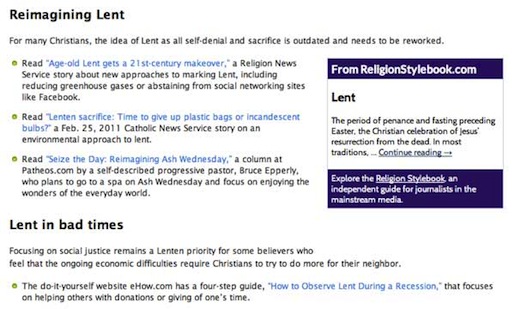The period of penance and fasting preceding Easter, the Christian celebration of Jesus’ Resurrection. Lenten observances are most common in the liturgical traditions, such as Roman Catholicism, Orthodoxy and Anglicanism.
The observance of Lent developed through the centuries and sometimes varied in its focus and length. Especially for Western Christians, the currently accepted Lenten period recalls Christ’s 40-day fast in the desert and the 40 years that the Israelites wandered in the desert between leaving Egypt and entering the Promised Land. Lent was originally to prepare those being initiated into the church at Easter and was then broadened to include various days of fasting and penance by all believers.
In most of the Catholic Church, Lent begins on Ash Wednesday and ends on Holy Thursday. Sundays are not counted as days of Lent. Some, still using the old liturgical calendar, count from Ash Wednesday to Holy Saturday. Since 1969, when the document known as the General Norms for the Liturgical Year and the Calendar was released, the Roman Catholic Church has said that Lent ends at the beginning of the Lord’s Supper on Holy Thursday. During Lent, able-bodied Catholics over 14 and under 65 are called on to fast on Ash Wednesday and Good Friday (that is, to go without a main meal during the day) and to abstain from meat on Fridays. Fish is often substituted.
The observance of Lent within Protestantism varies from denomination to denomination, church to church, believer to believer. In recent years, even some nonliturgical Protestants, on their own or through their churches, have taken to observing the Lenten season through fasting and penance.

